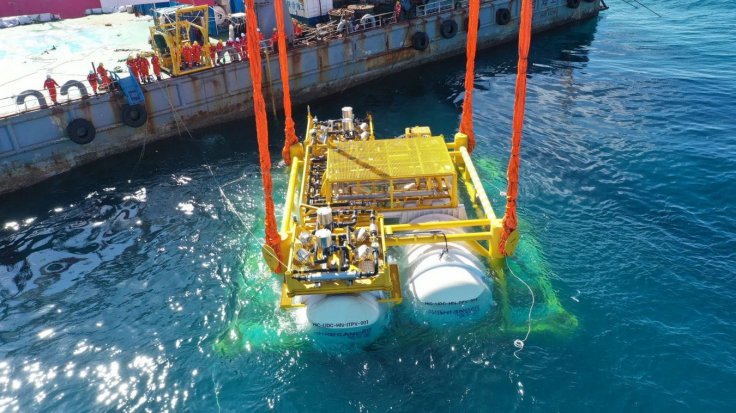China has begun building an underwater AI data center near Shanghai in an effort to reduce energy and water use tied to traditional data server cooling systems. Construction began in June, with operations expected to commence by September.

The new facility, developed by Hailanyun, aims to minimize environmental impact by using seawater to cool servers and powering the center with a nearby offshore wind farm that will meet 97% of its energy needs. The data center's first phase includes 198 server racks, designed to host hundreds of AI-capable servers—enough to train a large AI model like OpenAI's GPT-3.5 within a day.
AI data centers typically consume vast amounts of electricity and water. Nearly 40% of their energy use goes into cooling systems that prevent overheating from tightly packed, continuously running servers. These systems often draw water from underground, rivers, or recycled wastewater—raising sustainability concerns, particularly in water-stressed regions.
Shabrina Nadhila from Ember, a think tank focused on energy, called China's project a "bold shift toward low-carbon digital infrastructure" in comments to The Guardian and SourceMaterial. She said it may set a new global standard for sustainable AI computing.
However, marine scientists caution that undersea data centers may pose ecological risks. Discharged warm water could harm ocean biodiversity during marine heat waves. Other concerns include potential vulnerabilities to underwater sound interference, which might cause data damage.









